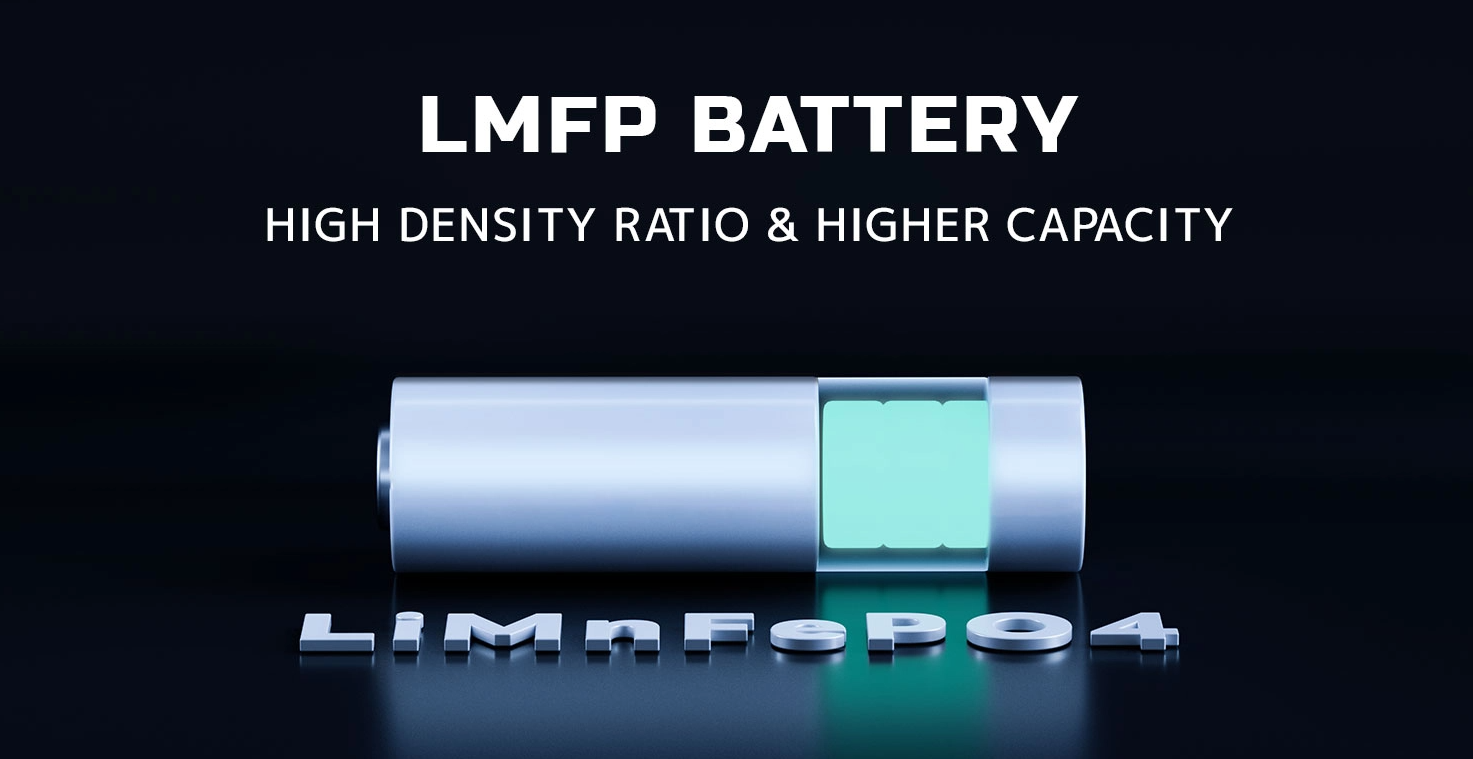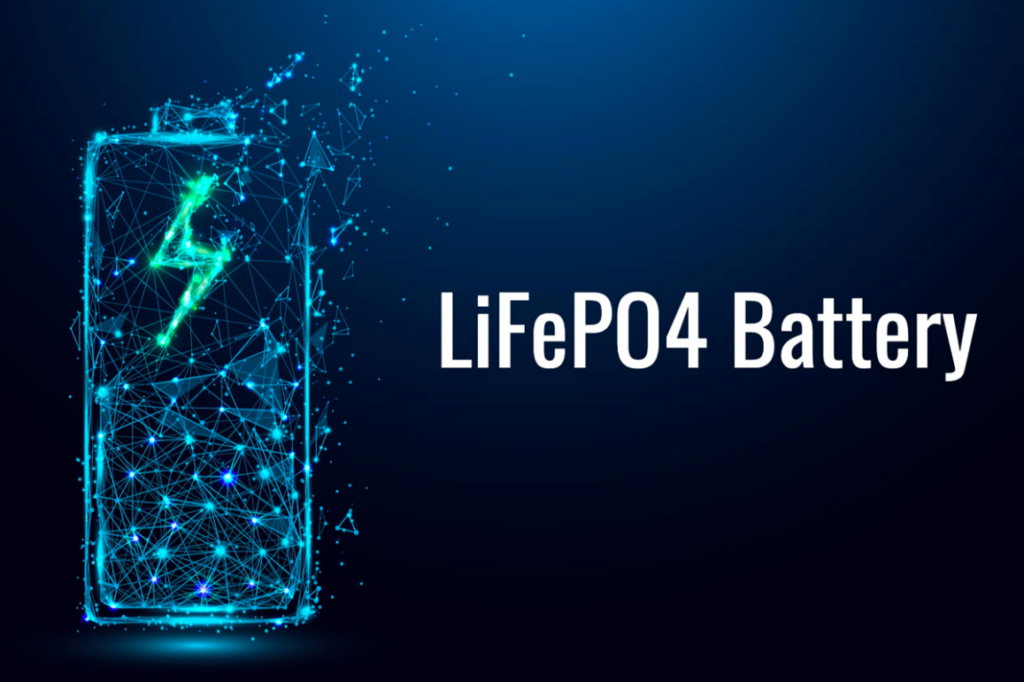Manganese Lithium Iron Phosphate LMFP vs LFP Lithium Iron Phosphate: A Comprehensive Comparison and Future Outlook

When it comes to choosing the best lithium-ion battery technology for various applications, particularly in industrial vehicles, two prominent contenders often come up: Manganese Lithium Iron Phosphate (LMFP) and Lithium Iron Phosphate (LFP). Both technologies offer impressive safety, stability, and environmental friendliness, but they differ significantly in terms of performance, cost, and scalability. This article will delve into the differences between Manganese Lithium Iron Phosphate and Lithium Iron Phosphate, highlighting their advantages and disadvantages, and explore the future potential of LMFP in industrial vehicle power systems.
1. Introduction to Lithium Iron Phosphate (LFP) Technology
Lithium Iron Phosphate (LFP) has become one of the most widely used cathode materials in lithium-ion batteries. Known for its excellent thermal stability, long cycle life, and superior safety characteristics, LFP has established itself as the go-to choice for electric vehicles (EVs) and energy storage systems. The high stability of LFP also makes it particularly well-suited for applications in industrial vehicles such as electric forklifts, aerial work platforms, and airport ground support equipment.

2. The Emergence of Manganese Lithium Iron Phosphate (LMFP)
In recent years, a new contender has entered the market: Manganese Lithium Iron Phosphate (LMFP). This variant of LFP incorporates manganese in the cathode material, which enhances the energy density and improves overall battery performance. LMFP is poised to offer a higher specific energy compared to conventional LFP, potentially making it a superior choice for applications that require greater power output and longer operational times.
3. Key Differences Between LMFP and LFP Technologies
Energy Density
One of the most significant differences between LMFP and LFP lies in their energy density. LMFP batteries typically offer higher energy density than LFP batteries. This is primarily due to the incorporation of manganese, which allows the battery to store more energy in the same amount of space. For industrial vehicles that demand longer run times and higher power output, LMFP may be the more suitable option, offering a more compact and efficient solution.
Cycle Life
While LFP batteries are renowned for their longevity, LMFP batteries can have a slightly lower cycle life, though advancements in technology are quickly bridging this gap. For applications where long-lasting performance is crucial, LFP might still be the preferred choice, but LMFP offers a good compromise between performance and durability.
Thermal Stability and Safety
Both LFP and LMFP are known for their high safety standards compared to other lithium-ion chemistries. However, LFP has an edge in terms of thermal stability and safety. The iron phosphate structure is more thermally stable, reducing the risk of thermal runaway even under extreme conditions. On the other hand, LMFP, while generally safe, is still being evaluated for its long-term thermal stability.
Cost
LFP batteries are well-established and tend to be more cost-effective due to their mature production processes and established supply chains. LMFP, being a newer technology, is currently more expensive to manufacture. However, as production scales up and technology advances, costs are expected to decrease, making LMFP a more affordable option in the future.
4. Application of LMFP and LFP in Industrial Vehicles
When it comes to powering industrial vehicles, both LMFP and LFP have unique advantages:
- LFP Batteries are already widely used in electric forklifts, pallet jacks, and other industrial equipment. The long cycle life, combined with lower cost, makes LFP batteries a reliable and cost-effective choice for businesses looking to minimize operational costs over time.
- LMFP Batteries, with their higher energy density, could potentially revolutionize the industrial vehicle market. The increased energy density allows for longer operational hours per charge, which is a crucial factor for industries relying on high uptime. Additionally, LMFP could offer more compact solutions, enabling smaller, lighter battery packs that do not compromise on power or efficiency.
5. The Future of Manganese Lithium Iron Phosphate (LMFP)
Looking ahead, the future of Manganese Lithium Iron Phosphate (LMFP) appears promising, particularly in the industrial vehicle sector. As demand for more powerful, efficient, and longer-lasting batteries continues to grow, LMFP's higher energy density gives it a distinct advantage over traditional LFP batteries. Its application in sectors like material handling, warehousing, and manufacturing, where heavy-duty electric vehicles are used, is expected to increase significantly.
Furthermore, LMFP's potential in other sectors like electric buses, energy storage, and renewable energy systems may help accelerate its adoption in the coming years. As research progresses and manufacturing techniques improve, LMFP will likely become a key player in the global energy storage and electric vehicle markets.
6. Conclusion
While Lithium Iron Phosphate (LFP) batteries remain a strong choice for industrial vehicles due to their cost-effectiveness, longevity, and safety, Manganese Lithium Iron Phosphate (LMFP) holds the promise of higher energy density, making it a compelling option for industries that require more power and longer runtimes. The future of LMFP looks bright, especially as technological advancements continue to improve its cycle life, thermal stability, and cost-efficiency. As the industrial vehicle sector continues to evolve, LMFP could emerge as a dominant force in powering the next generation of electric industrial vehicles.
In summary, both LMFP and LFP have their unique strengths, but LMFP’s ability to offer more energy per unit of weight could significantly impact the development of more efficient industrial vehicles and energy systems in the near future.
https://www.spider-way.com/manganese-lithium-iron-phosphate-lmfp-vs-lfp-lithium-iron-phosphate-a-comprehensive-comparison-and-future-outlook/?_unique_id=67e6e8553beff
Comments
Post a Comment